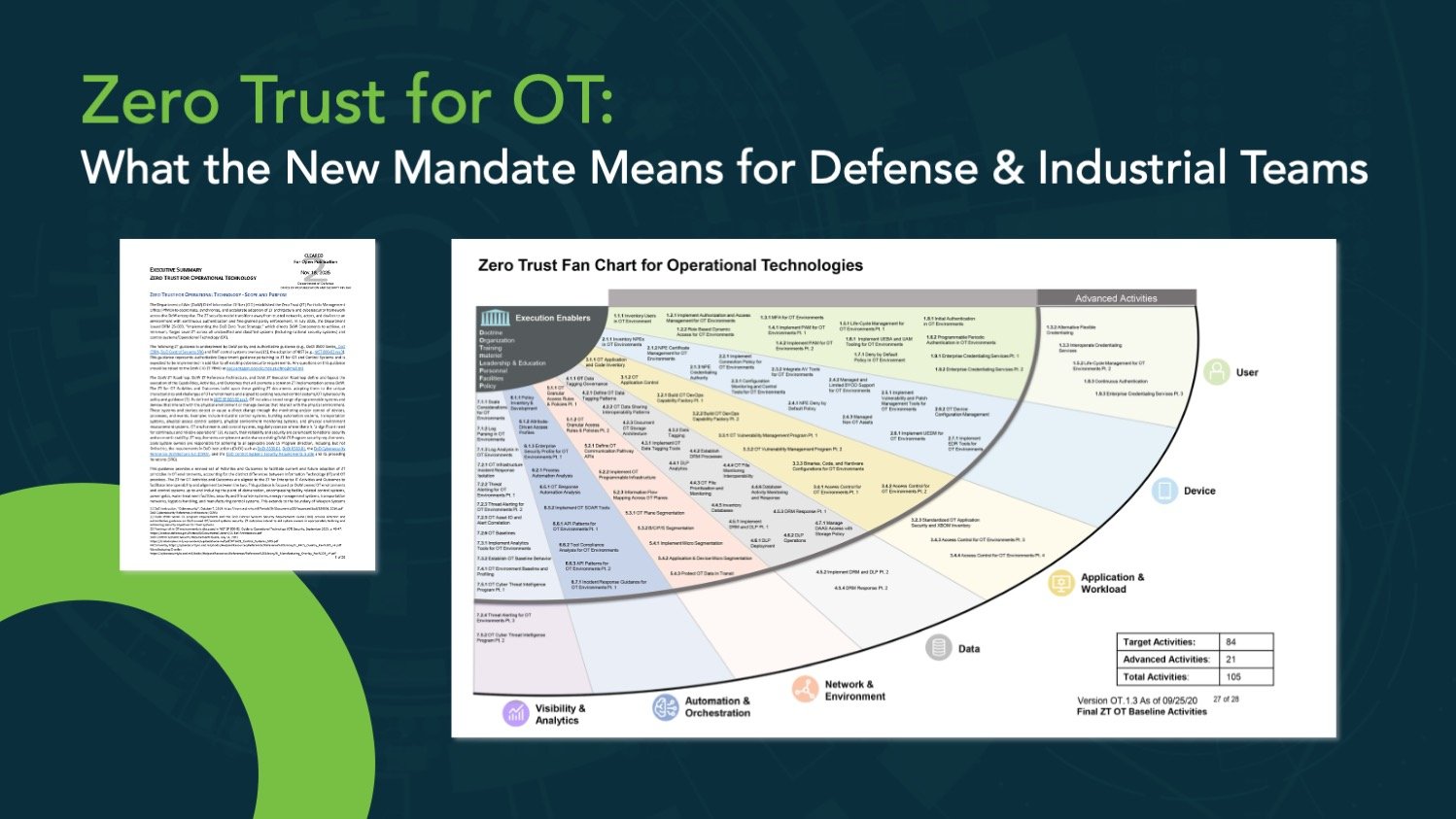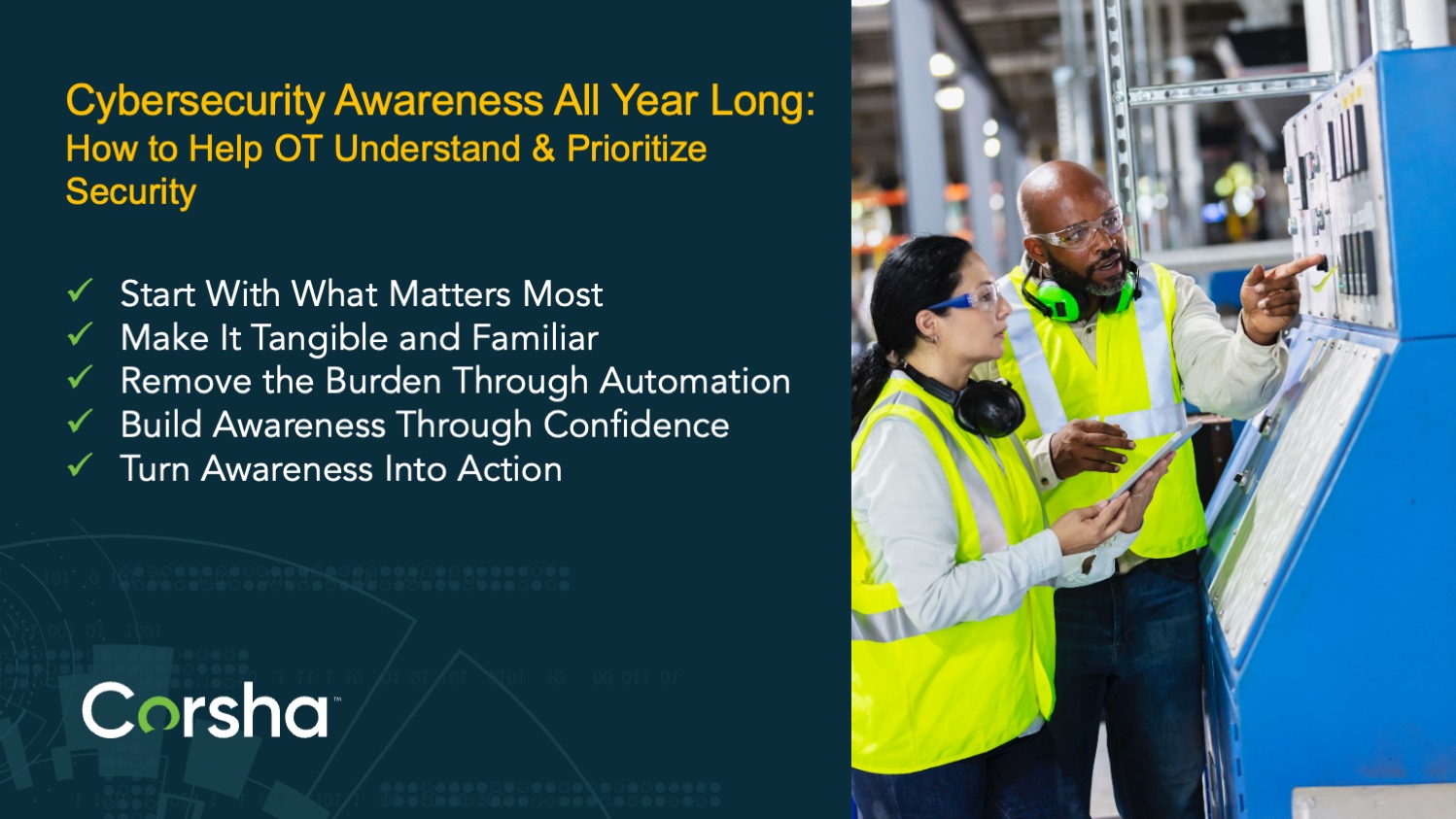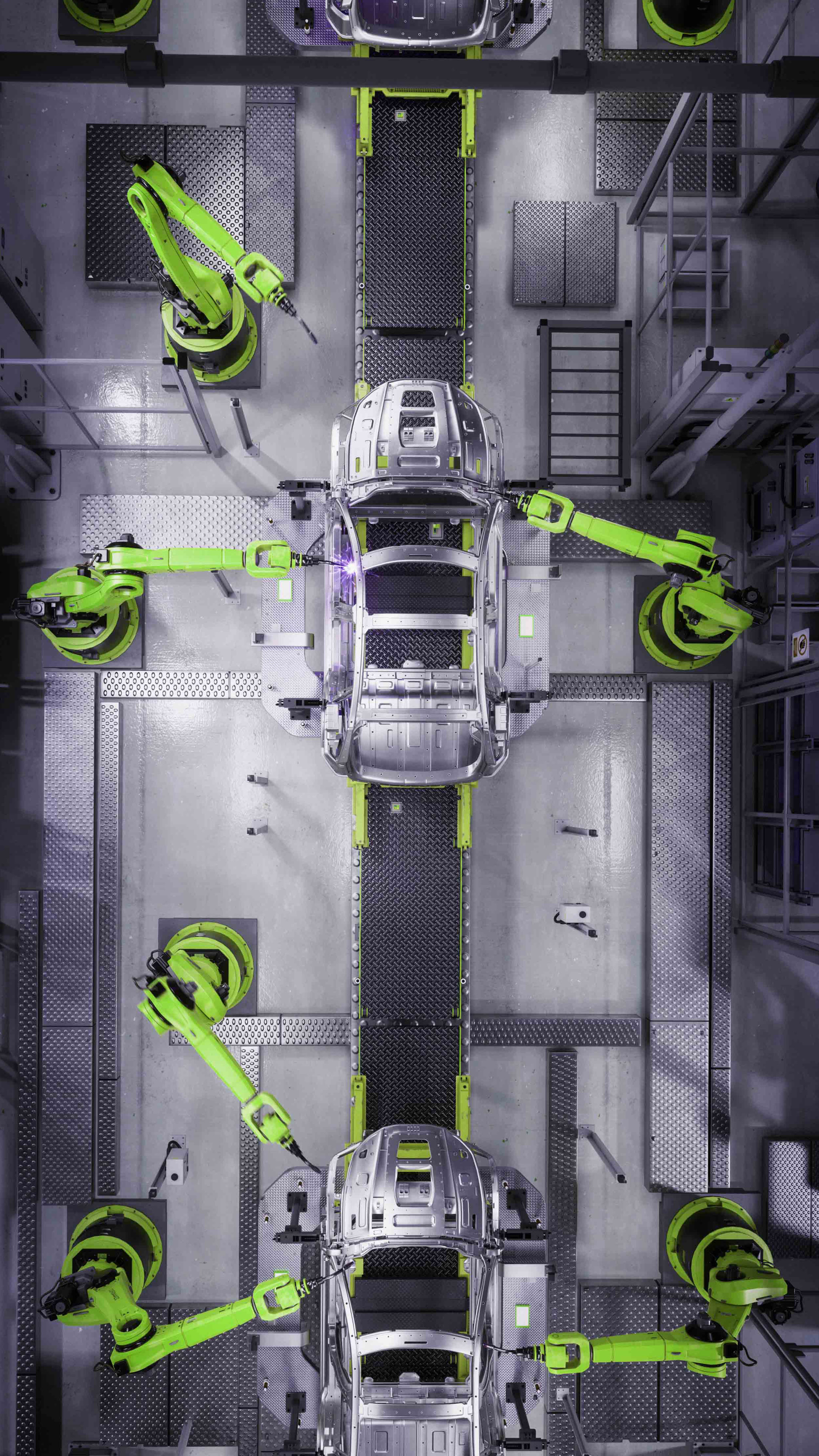The popularity of zero trust and multifactor authentication (MFA) is on the rise, with no sign of slowing down. But when most people think of MFA, they only think about a fraction of web traffic – the traffic guided by human users. However, there were 8.9 billion machine-to-machine (M2M) connections worldwide in 2020. That number is projected to grow to 14.7 billion by 2023.
To truly realize the benefits of zero trust, organizations must implement MFA for machines. This blog will explore how machine MFA can help enable zero trust in machine identity and access management throughout your enterprise.
What is M2M Communications?
M2M communication can be described as technology that independently allows devices within a network to perform actions and share information through artificial intelligence (AI) and machine learning (ML).
M2M communications were first utilized within an industrial setting, where additional technology (like remote monitoring tools) controlled data from manufacturing equipment.
Some of the biggest benefits of using M2M communications are:
- Decreasing equipment downtime and maintenance to save on costs.
- Proactively fixing equipment before it breaks to improve customer experience.
- Identifying innovative business ideas for servicing products to increase revenue.
A great example of modern-day M2M communications is hybrid cloud deployments. Leveraging a hybrid cloud model enables machines to automatically deploy workloads to and from whichever cloud environment is the best fit for it at any given time. Ultimately, the underlying communication used for hybrid cloud deployments can be defined as M2M, as the decisions for deployment are made and communicated by machines.
What is Machine MFA?
The main goal of MFA is to verify the identity of a machine or user who is trying to access an app or server with a set of credentials. Passwords are static and often age past security guidelines, making them attractive targets for attackers.
Because of this, many organizations require employees to enable MFA, for instance, to make sure a trusted employee is actually the person trying to access an application with their username and password – and not an attacker who compromised their user credentials. MFA can be as successful in protecting M2M communication as it has in solving the human “password problem.”
The MFA market is quickly gaining traction, as it’s expected to grow from $12.9 billion in 2022 to $26.7 billion by 2027. As we mentioned, this growing demand for MFA is caused by the growing need for secure digital communications and transactions, both human-to-machine and machine-to-machine.
How Machine MFA Enables Zero Trust
When you implement machine MFA across your organization, you are taking a critical step toward achieving a comprehensive vision of zero trust.
In the NIST Zero Trust Security Model, one of the threats associated with zero trust architecture (ZTA) and using non-person entities (NPE) in the ZTA Administration is stated as:
"The software agent may have a lower bar for authentication (e.g., API key versus MFA) to perform administrative or security-related tasks compared with a human user.”
The more we automate tasks instead of carrying them out manually, the more risk shifts from human entities to NPEs, or machines. As risk shifts to machines, we need to take extra steps to keep M2M communications safe. And as NIST implies, it's been shown that secret management for APIs is no longer sufficient. Organizations need better tools to secure M2M communications by implementing machine MFA.
Leveraging an API identity and access management tool for machine MFA enables enterprises to effectively manage and authenticate user and machine identities, so businesses can feel confident and secure about who and what is accessing their private data.
With an API identity and access management tool like Corsha, every underlying identity is dynamically generated and frequently rotated – making it impossible to impersonate the NPE. You not only benefit from dynamic machine identities and MFA for every one of your authorized machines, but you also gain visibility and control over your machines (all from a customer control plane).
By adopting machine MFA throughout your organization, you can shut down any attacks attempted with stolen passwords or usernames from the start — strengthening your organization’s zero trust architecture.
Secure Your M2M Communications with Confidence
Corsha’s platform enables organizations to shift from static passwords (keys and certificates) to a combination of machine identity and a one-time use MFA credential to verify identities. Rather than verifying the identity at the beginning of each session, Corsha’s technology helps you continuously authenticate identity on every API call.
To learn more about how Corsha can help your enterprise improve its cybersecurity practices, check out our blog The API Secret Problem: How Companies are Spraying, Sprawling, and Leaking Their Way Into Headlines.


